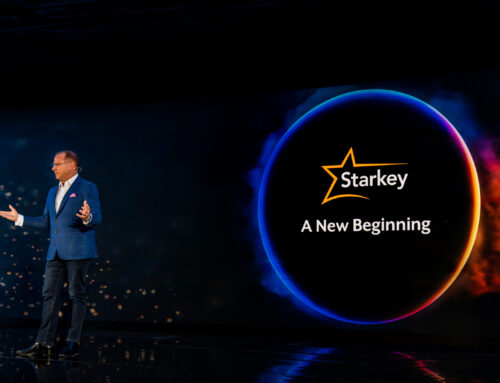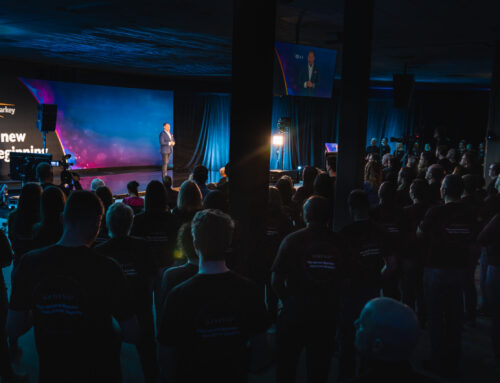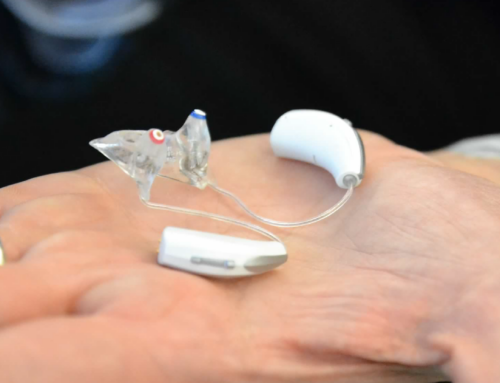I believe in looking for the opportunity in every situation, no matter how difficult. You can’t sit around and let the future define you; you have to define it. This is easier said than done — especially when that difficult situation you’re faced with is a global pandemic.
COVID-19 has changed everything. In January, I was on stage at Starkey Expo, talking with more than 3,000 hearing professionals from around the world about how this was going to be the hearing industry’s best decade yet. By April, hearing aid sales in the U.S. had plummeted. I still believe this will be our industry’s greatest decade, and the reason goes back to something else I talked about at Starkey Expo: the necessity of adapting to thrive.
COVID-19 has transformed healthcare. The clinician’s role has taken on an increased significance. Because of this, it has sped up the adoption of technology to keep the hearing healthcare professional and the patient connected, even when social distancing is keeping them apart.
Telehealth is not new. The capability has been around for more than 25 years. The problem has always been that the systems and equipment were too complicated. Smartphones changed that, putting telehealth, literally, right in the patient’s hands.
We are seeing how vital this technology is amid social distancing guidelines related to COVID-19. Patients can get their hearing aids adjusted remotely, and the hearing healthcare professional can be there whenever they’re needed. Telehealth is opening a new door in healthcare, and it’s one that, we believe at Starkey, isn’t going to close once the pandemic is over. Take it from Dr. Dave Fabry, Starkey’s Chief Innovation Officer, who said: “We think that many patients and providers alike will make long-term changes in the way that they see patients. This is due to the convenience, satisfaction and benefit of telehealth services to augment face-to-face care.”
Just like hearing healthcare professionals have been faced with the decision to adapt and thrive — to keep their businesses afloat and to continue providing essential care for patients — Starkey has adapted, too. Seeing this growing telehealth need, we quickly expanded access to our Hearing Care Anywhere. This technology, all on a smartphone, can help the professional fine tune a hearing aid remotely. At Starkey, we’re hearing from many hearing healthcare professionals that this technology hasn’t taken away from the provider-patient relationship, it’s enhanced it. We’re now starting virtual classes to bring hearing professionals up-to-speed on this technology, and the interest has already been overwhelming. Starkey has also created a website focused on the recovery phase of the COVID-19 crisis, to help our customers return to business, recover and grow. We specifically address where the hearing healthcare industry is headed, how patients’ needs have changed because of COVID-19, and we lay out how hearing healthcare professionals can adapt to those changing needs.
As we continue to push telehealth forward, Starkey is also working on both ‘real-time’ and ‘store-and-forward’ telehealth solutions that expand the ways professionals stay in contact with patients to continue providing personalized care remotely. While COVID-19 transformed the hearing industry, it wasn’t for the worse. It accelerated an idea we’ve been working on at Starkey for awhile now — transforming patient-centered care into patient-driven care. This is the future of our industry.
When I was talking about adapting to thrive at Starkey Expo, I never would have thought that message would immediately be so relevant. Many will say that COVID-19 has forced us to reassess our businesses, but it is also giving us the opportunity to push forward for the betterment of the patient and their experience. I’ve seen so many hearing professionals around the country do just that.
And, because of it, they’re emerging even stronger than before.





